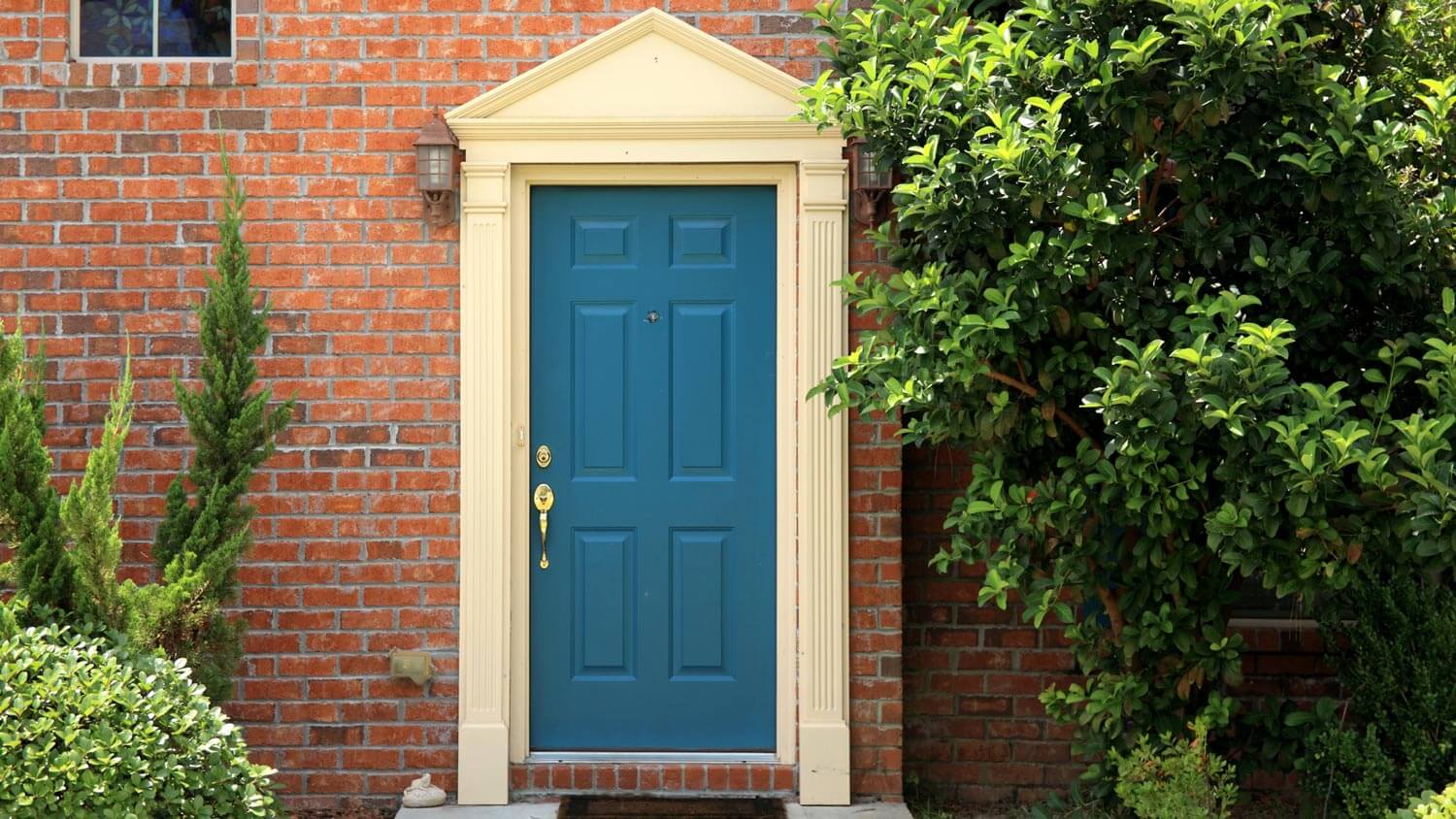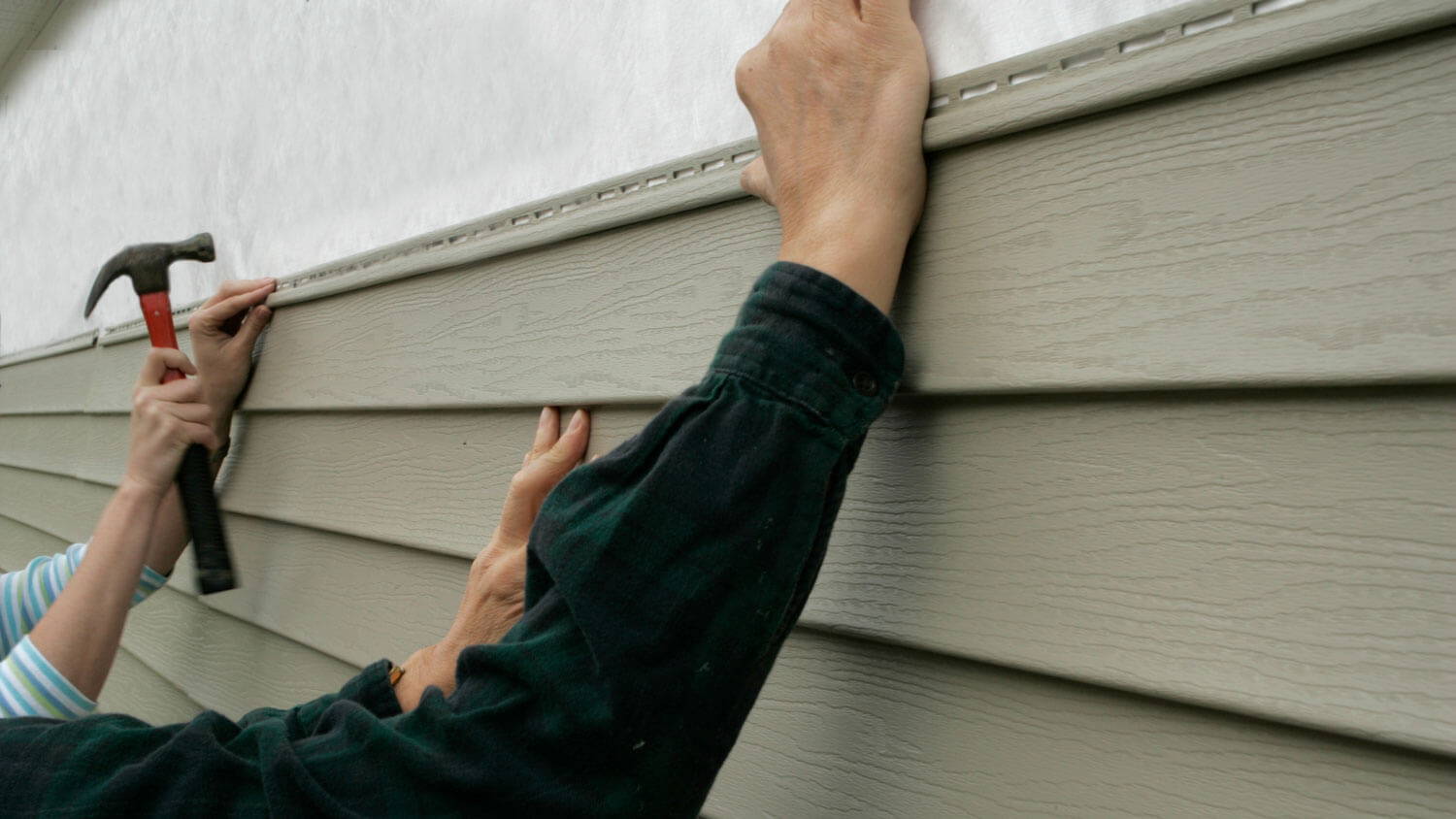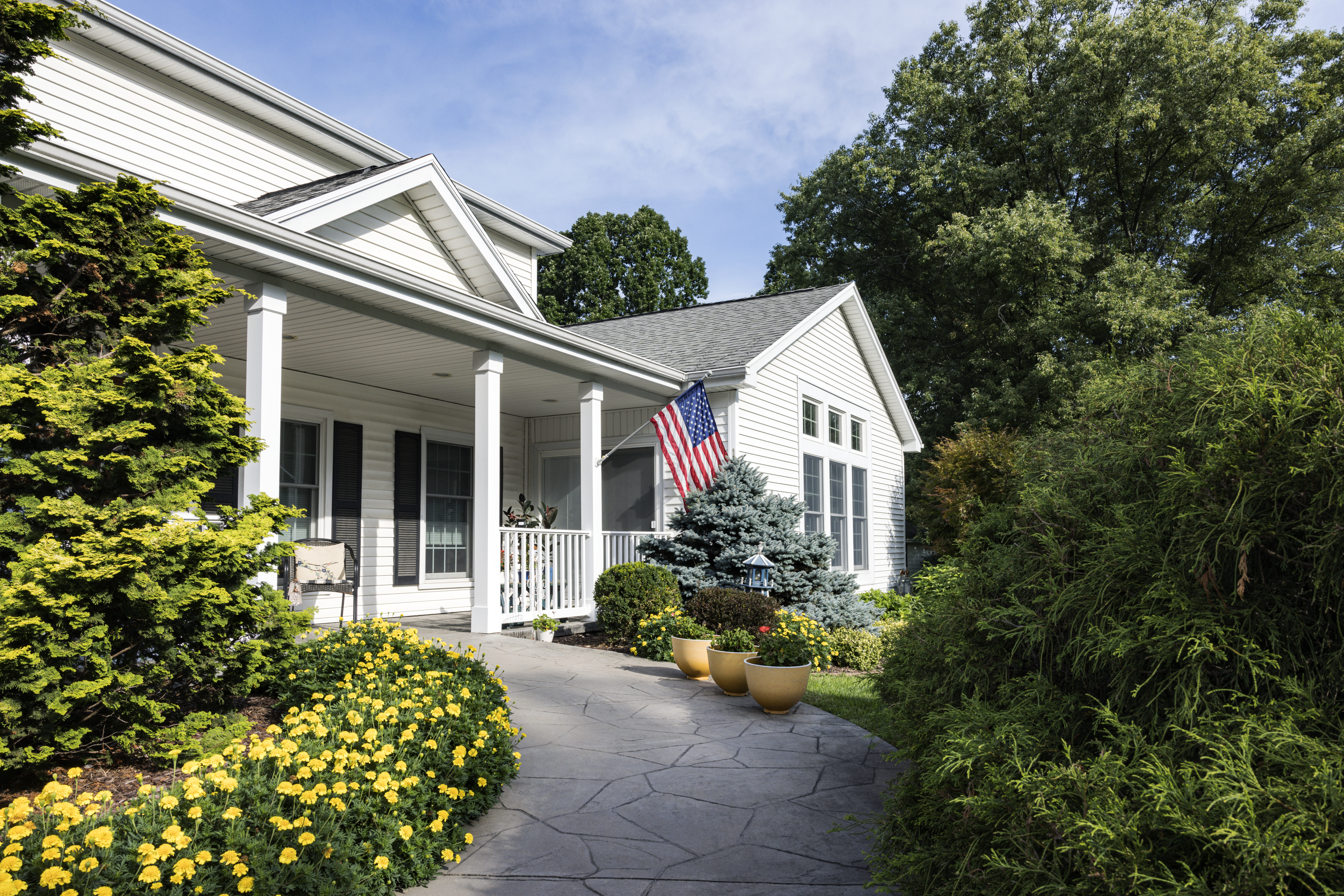
Siding repairs offer much-needed protection against New York's heavy snowfall and harsh winters. Learn about siding repair costs in New York.
When choosing between vinyl and brick, let factors like cost and durability help guide your decision


Brick siding is low-maintenance, attractive, and long-lasting.
However, brick is more expensive up front and has limited color options.
Vinyl siding holds up well to the elements, and it's inexpensive.
However, vinyl can be vulnerable to leaks and isn't the most environmentally friendly option.
As a homeowner, your choice of siding affects not just the appearance of your home but also its ability to withstand weather, insects, fire, and moisture.
It's hard to think of two types of siding more different than brick and vinyl. As a result, it's easy to contrast the two, which may help you make your decision. Then, contact a siding professional near you for a consultation and a quote.

Brick siding is prized for its strength, fire resistance, and timeless aesthetic, making it a durable siding option that withstands the test of time in both resilience and style. It’s also an eco-friendly material in both its production process and recyclability. However, brick comes with higher upfront costs for materials and installation, and its heavy weight often calls for reinforced structural support.
On the other hand, vinyl siding is a budget-friendly and versatile option. It’s lightweight, easy to install, and available in a wide range of colors and designs. Still, while vinyl requires little maintenance, it has a much shorter lifespan, and it’s vulnerable to fading and warping if it’s constantly exposed to harsh sunlight, chronic moisture, or inclement weather conditions. It’s also not considered eco-friendly, as it's derived from plastic and non-recyclable materials.

Brick is a durable, classic siding option, made by laying bricks in mortar to form a sturdy and weather-resistant barrier. Brick siding is known for its longevity, with some installations lasting over a century with minimal upkeep. It also offers superior resistance to fire, pests, and extreme weather, making it a popular choice for homeowners seeking a combination of durability and timeless aesthetics. Keep in mind that brick veneer siding is different from brick siding.
Brick siding is a popular choice for homeowners, and for good reason, but it also comes with some drawbacks.
| Pros of Brick Siding | Cons of Brick Siding |
|---|---|
| Highly durable and long-lasting | Higher cost |
| Eco-friendly and recyclable | Heavier weight |
| Fire-resistant and non-combustible | Vulnerable to moisture |
| Low-maintenance | Limited design and color options |
Some of the chief pros of brick siding are its appearance, long life, and minimal maintenance requirements.
Timeless Look: Brick’s classic good looks will never go out of style.
Long Lasting: Brick can last for generations, as is evidenced by the many brick homes that are hundreds of years old and still standing.
Low Maintenance: One of the most attractive aspects of brick siding is that it’s low maintenance. You don't have to do much to keep brick in top shape other than cleaning it every so often.
Environmentally Friendly: Brick is an environmentally friendly option not just because of the manufacturing process but also because you can easily recycle the material once removed from the home.
Fire-Resistant: Fire is a constant worry for any homeowner, so it’s comforting to know that brick siding can help protect your home from a fire.
Higher Cost: Brick is at the high end of siding materials in terms of the cost of installation.
Heavier Weight: Brick siding may require additional structural support due to its heavier weight.
Vulnerable to Moisture: Another downside of brick is that it is more vulnerable to moisture than other types of siding. This moisture can creep into your home and result in mold and rot.
Limited Color Options: Once you go brick, you are stuck with that color for the most part. Many other types of siding can be painted easily, but brick has a limited color pallet.

Vinyl siding is a lightweight, versatile exterior option made from polyvinyl chloride (PVC) panels. Known for its affordability and wide range of styles, vinyl siding can mimic the appearance of wood, stone, or other materials while requiring far less maintenance. Consult a local vinyl siding contractor to determine if it’s the right material for your home’s exterior.
Vinyl has come a long way in quality, price point, and options. Here are the benefits of this popular siding material.
| Pros of Vinyl Siding | Cons of Vinyl Siding |
|---|---|
| Durable | Difficult to repair |
| Budget-friendly | Vulnerable to leaks |
| Wide range of styles and colors | Not eco-friendly |
| Low-maintenance | Warps or fades easily |
Strong: Whether it’s harsh weather, insects, or fallen branches, vinyl siding can handle just about anything Mother Nature throws at it. It will not warp or rot, and it even handles blunt force impacts well, too.
Inexpensive: Plastic is inexpensive in general, and that is true for vinyl siding. You will save a lot of money choosing this material over other types of siding.
Customizable: Vinyl siding comes in a wide variety of colors, textures, and styles and can even imitate the appearance of materials like wood.
Easy to Maintain: Vinyl doesn't need to be painted and can be cleaned off with a garden hose.
Difficult to Repair: A significant drawback of vinyl siding is there's no easy way to patch up damage. If there are any cracks or holes, you'll likely need to replace the entire panel.
Vulnerable to Leaks: This is generally only a problem if the siding is installed improperly, but it happens often enough that it’s worth including on our list. If vinyl siding has gaps that allow moisture underneath, it can threaten your home with rot and mold.
Not Environmentally Friendly: Vinyl manufacturing emits a lot of chemicals, so it’s not a great choice for eco-minded homeowners.
Warps or Fades: Over time, exposure to sunlight can cause the color of vinyl siding to fade, especially with darker shades. It can also warp from prolonged exposure to moisture and inclement weather conditions.

So which should you choose? As you can see, brick and vinyl have substantial differences. Here is how they compare across multiple categories.
While vinyl siding offers a wide range of colors, textures, and finishes to suit various styles, brick remains the winner in terms of timeless appeal. Its natural, textured aesthetic adds character and a sense of timelessness to any home.
Vinyl siding provides nearly endless design possibilities, from bold color choices to finishes that mimic wood or stone. Brick, in contrast, is more limited, with fewer color options and uniform shapes.
Vinyl siding can withstand weather and wear but may crack or warp under extreme conditions. Brick, on the other hand, is exceptionally durable, standing up to storms, fire, and pests for decades—often centuries. This reliability gives brick a clear advantage for long-term performance.
One of the big reasons vinyl siding is so popular is because of its low cost of installation. The cost of vinyl siding is around $11,000 on average, whereas the cost of brick siding averages closer to $18,000.
Damaged vinyl siding often requires replacing entire panels, making repairs more complex and potentially costly. Conversely, chipped or loose bricks can be individually repaired or replaced without impacting the surrounding area, making brick easier to fix in the long run.
Both materials offer low-maintenance solutions for homeowners. Brick needs occasional repointing of mortar and cleaning to maintain its charm, while vinyl requires periodic washing to prevent mold and discoloration. Overall, both materials are relatively hassle-free to maintain.
Brick wins in the sustainability category due to its natural production methods and recyclability. Unlike vinyl, which is derived from non-renewable resources and can release harmful chemicals during manufacturing and disposal, brick is a more eco-friendly choice for environmentally conscious homeowners.
From average costs to expert advice, get all the answers you need to get your job done.

Siding repairs offer much-needed protection against New York's heavy snowfall and harsh winters. Learn about siding repair costs in New York.

New siding in New York improves a home's aesthetic and provides important insulation and protection against snowfall and rain. Learn about average siding replacement costs throughout New York.

Vinyl siding can give your home a fresh look and feel. Learn how much vinyl siding installation costs in NYC based on factors like home size and siding type.

Are you wondering what clapboard siding looks like? This explanation of clapboard siding will help you discover when to use clapboard siding, clapboard siding pros and cons, costs, and styles.

Want to learn how to install vinyl siding on a house? Keep reading for insight into the whole process from start to finish.

While Dutch lap is a more detailed type of siding, clapboard is often less expensive and more widely used. If you're weighing these options against each other, our guide can help you decide which type makes the most sense for your home’s facade.